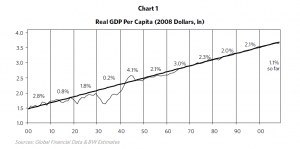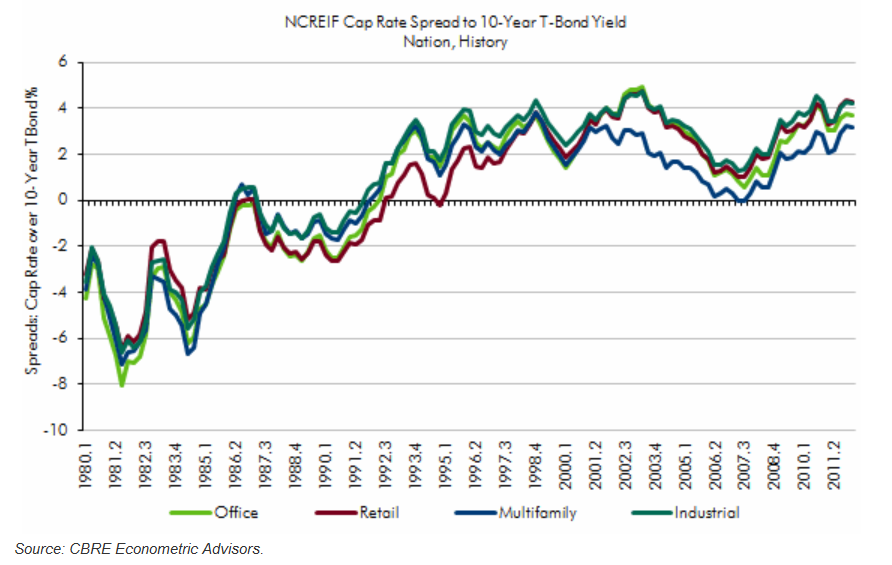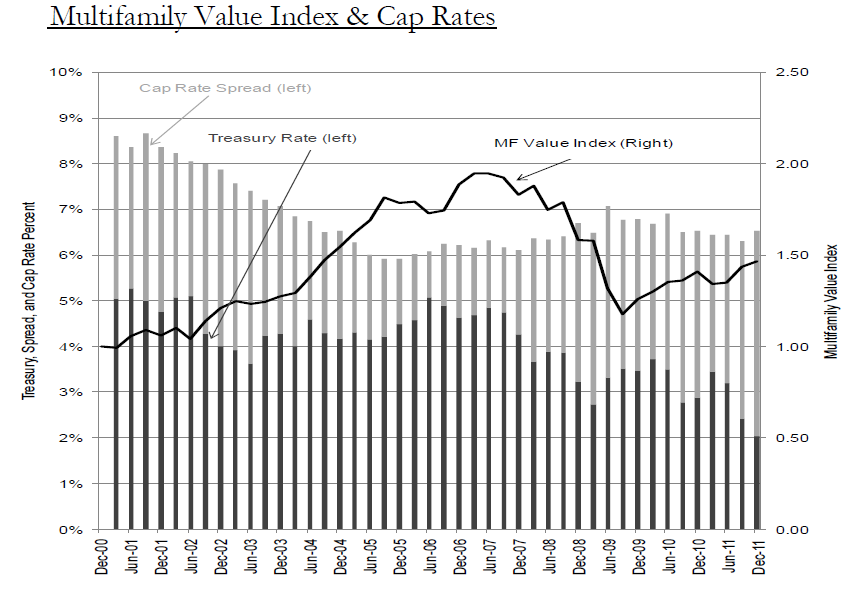Three related research pieces from the guy about whom former Fed Chairman Paul Volcker said had a degree of detail that is “mind-blowing” and admits to feeling sometimes that “he has a bigger staff, and produces more relevant statistics and analyses, than the Federal Reserve.”- The Economist
A Template for Understanding…
Ray Dalio | October 2008 (Updated March 2012): The economy is like a machine. At the most fundamental level it is a relatively simple machine, yet it is not well understood. I wrote this paper to describe how I believe it works. My description is not the same as conventional economists’ descriptions so you should decide for yourself whether or not what I’m saying makes sense. I will start with the simple things and build up, so please bear with me. I believe that you will be able to understand and assess my description if we patiently go through it.

Ray Dalio | February, 2012: The purpose of this paper is to show the compositions of past deleveragings and, through this process, to convey in-depth, how the deleveraging process works.
Ray Dalio | June, 2011: This study looks at how different countries’ shares of the world economy have changed and why these changes have occurred, with a particular emphasis on the period since 1820. As explained in this study, the rises and declines in countries’ shares of the world economy occur as a result of very long-term cycles that are not apparent to observers who look at economic conditions from a close-up perspective.






